
Realistic SCT-3 Stereo Cassette Deck
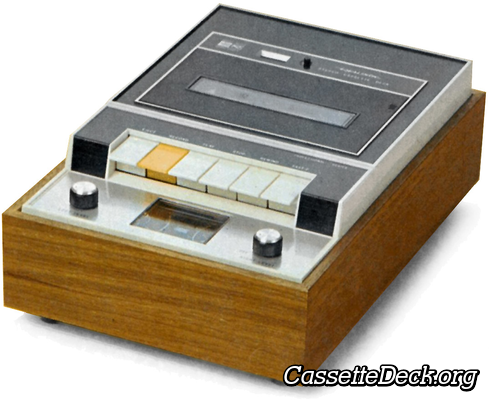
This Realistic SCT-3 is a stereo cassette deck.
The main features of the Realistic SCT-3 are: 2 heads, mechanical 3 digit tape counter, tape type selection and capable of handling normal tapes, belt driven single-capstan transport.
Typical of this deck is the 70's top loading layout with the cassette compartiment located on the center of the deck. Tape eject is operated mechanically and the cassette needs to be placed with the side to be played facing forward in the cassette well.
Level meters used on the SCT-3 are analog needle VU reading meters. Mechanical transport controls for reliable SCT-3 transport function selection.

Historic events
Features of Realistic SCT-3
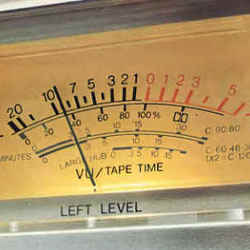
 3-Digıt Mechanical Counter
3-Digıt Mechanical Counter
 Analog Needle Meters
Analog Needle Meters
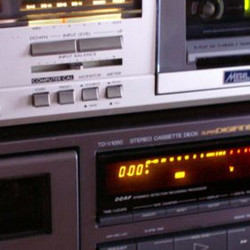
 Silver Finish
Silver Finish
 Orientation Center
Orientation Center
 Top Loading
Top Loading
 Wood Case
Wood Case
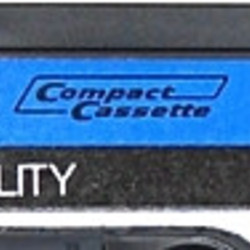
 Stereo
Stereo
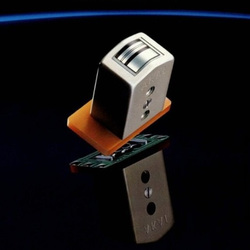
 2 Head Desiǥn
2 Head Desiǥn
 4 Track / 2 Channel
4 Track / 2 Channel
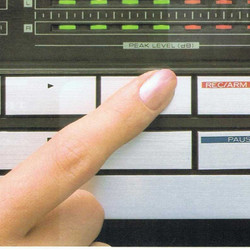
 Mechanical Transport Control
Mechanical Transport Control
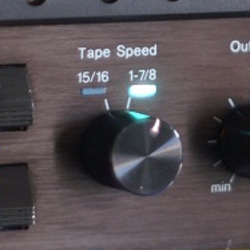
 1⅞ ips - 4.76 cm/s
1⅞ ips - 4.76 cm/s
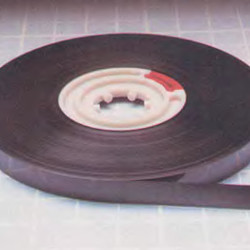
 Normal Tape Capabılity
Normal Tape Capabılity
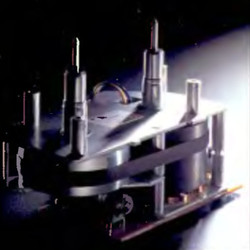
 Sìngle Capsŧan Transport
Sìngle Capsŧan Transport
 Belt Drive (Capsŧan)
Belt Drive (Capsŧan)
 Mechanical Tape Loading
Mechanical Tape Loading
Shop Realistic SCT-3 items currently for sale
The products for sale contains items that link to partners of CassetteDeck.org and may result in us receiving commission from purchases made.
Similar to Realistic SCT-3 from the period after 1962(1971)
Copying product information from this page and use it in your auction or on your website is allowed only if you submit a picture of the Realistic SCT-3 to us. This picture has to be made by yourself, showing the deck with its entire front and containing no watermarks or logos. In case we discover that you copied Realistic SCT-3 content without sharing images in return then you give us the right to use the content on the page where you used our Realistic SCT-3 information.

